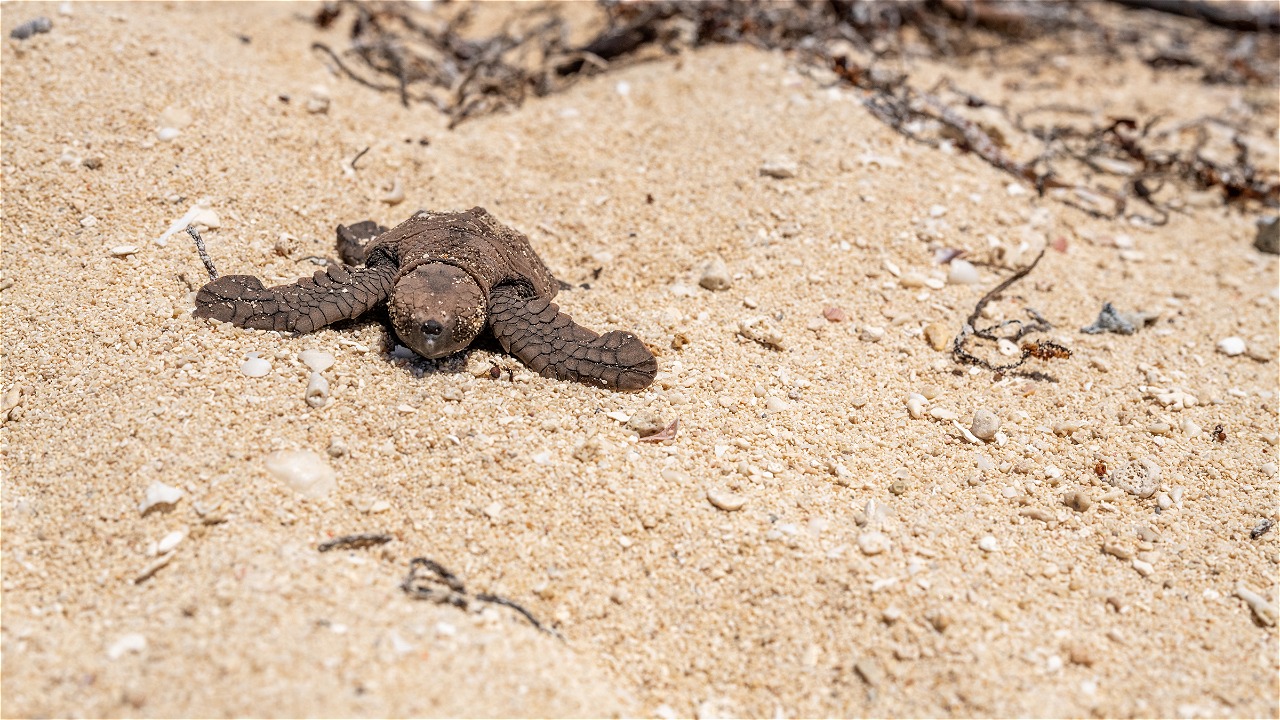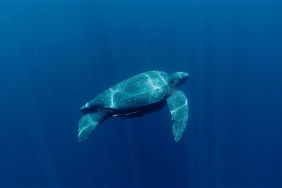PRESERVATION EFFORTS FOR THE INHABITANTS OF ALAS STRAIT AND KENAWA ISLAND NTB
By Indrayadi
The Alas Strait is one of the sea turtle migration routes in West Nusa Tenggara waters and has become one of the fishing grounds (fishing ground) for fishermen gillnet from East Lombok and West Sumbawa. At least according to West Nusa Tenggara Province Capture Fisheries Statistics in 2012, out of 5,326 capture fishermen units operating in the East Lombok region, 2,028 units are gillnet fishermen, the majority of which are centered in Tanjung Luar. The strait located between Lombok Island and Sumbawa in the west was identified as a feeding ground and breeding ground for hawksbill (Eretmochelys coriacea) and green turtles (Chelonia mydas). This is also the case in the waters around Kenawa Island as one of the turtle nesting sites in West Sumbawa. At least 5 to 7 turtles are identified to come up to lay their eggs every night. West Sumbawa Regency has 1,540 fishermen operating in the waters of West Sumbawa, and among them there are 854 fishermen using gillnet gear operating around the waters of Kenawa Island to Alas Strait. Seeing this condition, there is a high potential for bycatch (bycatch) of sea turtles when fishing in the Alas Strait and around Kenawa Island.
As one of the efforts to conserve sea turtles in the Alas Strait and Kenawa Island, WWF-Indonesia in collaboration with the Department of Marine Fisheries (DKP) of East Lombok and West Sumbawa Districts conducted socialization of mitigation and handling efforts bycatch turtles on gillnet and longline fishermen last September. The enthusiasm of the fishing community in the Alas Strait and Kenawa Island to participate in this activity was quite high. A total of 122 participants were eager to practice how to release sea turtles caught in nets and fishing lines using turtle puppets as props and a de hooker as a tool to release the fishing line on the turtle. Generally, fishermen have practiced releasing turtles caught in nets and fishing lines on the boat, but they do not fully understand how to do it properly.
One of the concerns of the fishermen is the resuscitation process, which is quite time-consuming because the turtle must be left on the boat. If fisheries supervisors or the Indonesian Navy conduct patrols, the fishermen are afraid of being mistaken for hunting turtles. However, Navy Battalion Commander Zaenal Arifin said that his office will not take action against fishermen who have only one turtle on board and who resuscitate the turtle in the correct way, not in the hold. But if there are a large number of sea turtles, of course there will be no compromise to be prosecuted.





